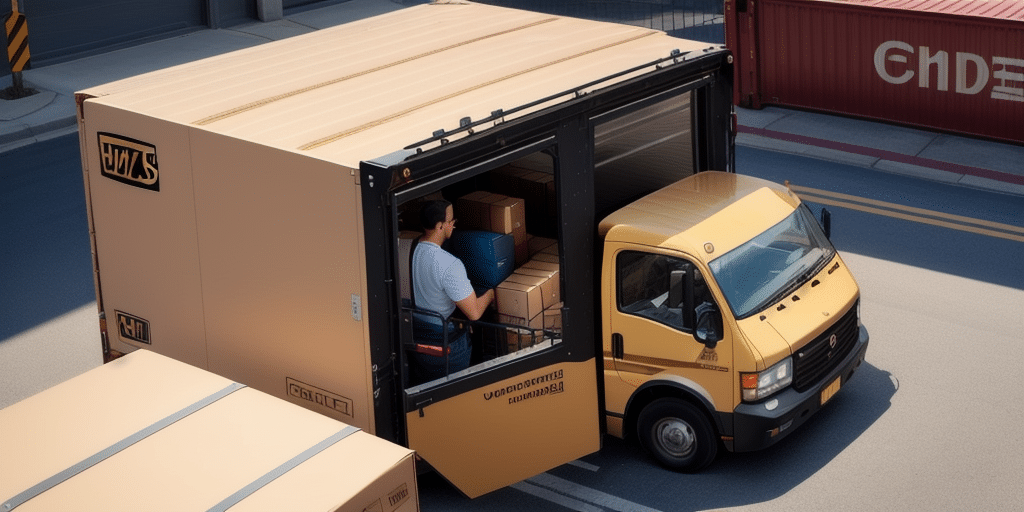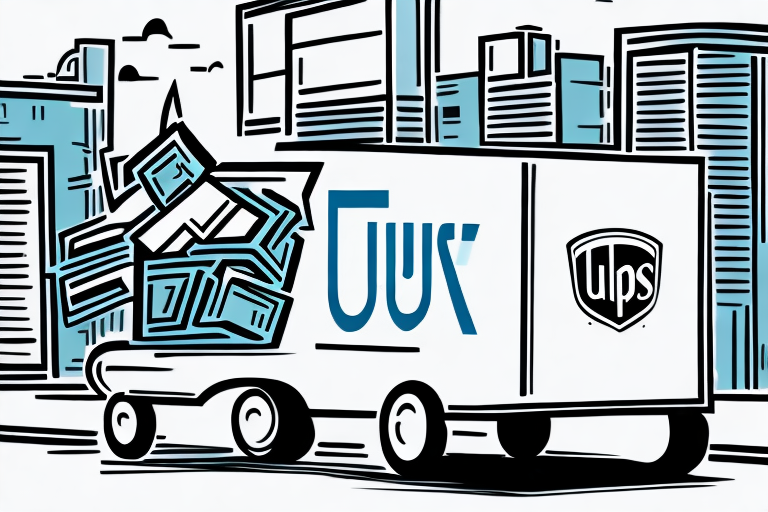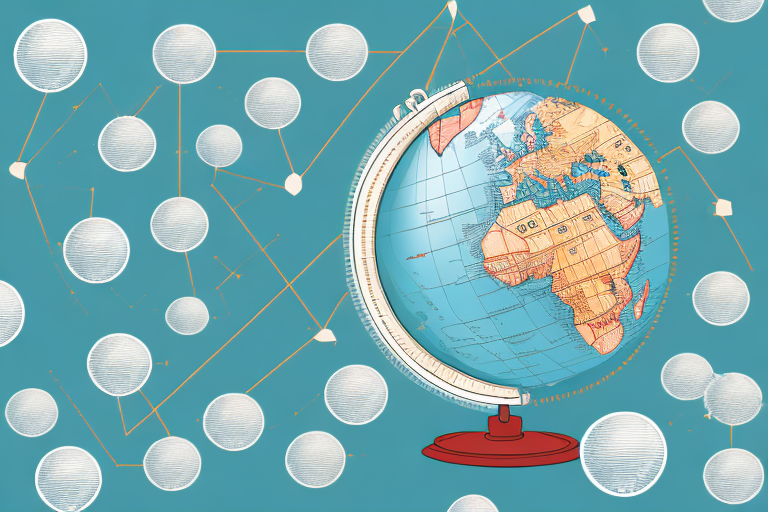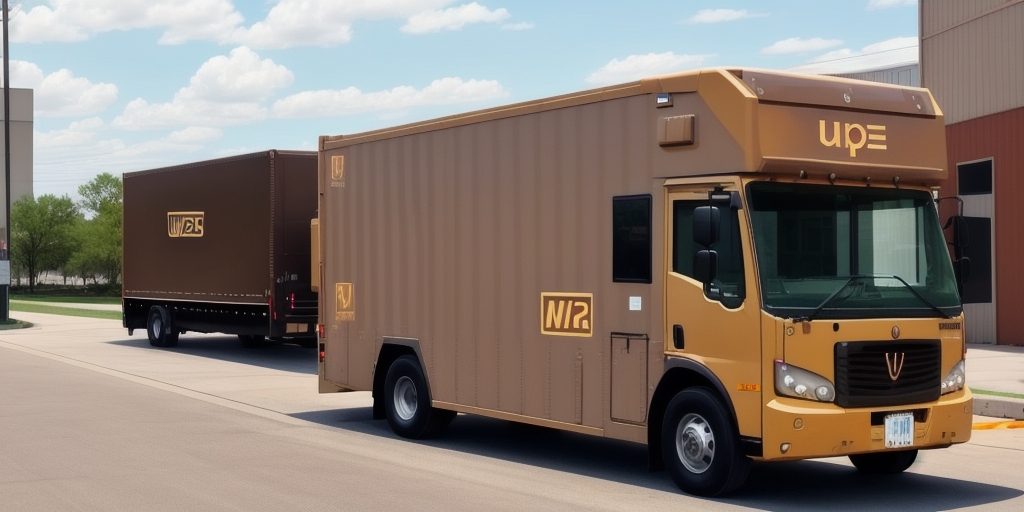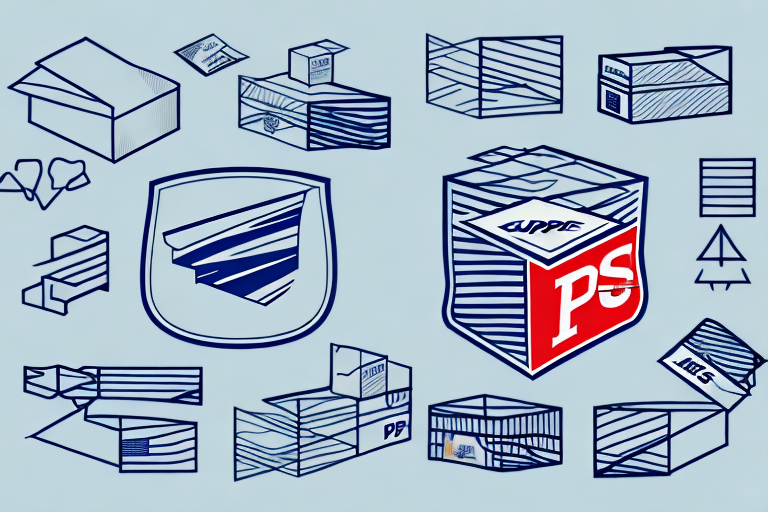What are UPS Delivery Zones?
UPS delivery zones are geographical areas defined by United Parcel Service (UPS) to streamline and optimize the delivery process. These zones categorize addresses based on their location relative to the origin point, influencing shipping rates, delivery times, and routing strategies. Understanding these zones is vital for businesses relying on UPS for logistics and for consumers tracking their online orders.
UPS utilizes advanced mapping technology, considering factors such as distance, transportation infrastructure, and population density to establish and update these zones regularly. This dynamic zoning system ensures efficient routing and adapts to changes in transportation networks and population shifts.
How UPS Determines Delivery Zones
UPS delivery zones are primarily determined by the distance between the package's origin and its destination. The United States is divided into multiple zones, with Zone 1 being the closest to the origin and higher zones representing greater distances. The number of zones a package crosses influences the shipping cost and delivery timeframe.
Key Factors in Zone Determination
- Zip Codes: Each zip code within the UPS network is assigned to a specific delivery zone based on its distance from the origin.
- Package Volume: High-volume areas may influence zone placement to optimize routing efficiency.
- Package Characteristics: Size, weight, and the required service level (e.g., overnight, two-day) can affect zone assignments.
According to UPS’s official guidelines, the delivery zone system is designed to balance cost-efficiency with timely delivery, ensuring packages reach their destinations without unnecessary delays or expenses.
Impact of Delivery Zones on Shipping Costs
The delivery zone of a package significantly impacts the overall shipping cost. Generally, the further the package needs to travel, crossing more zones, the higher the shipping fee. This pricing strategy helps UPS manage operational costs while providing transparent pricing for customers.
Cost Structure Based on Zones
- Zone 1-3: Local and short-distance deliveries typically have the lowest shipping rates.
- Zone 4-8: Mid-distance shipments incur moderate costs.
- Zone 9-12: Long-distance deliveries, including rural and remote areas, usually have the highest shipping rates.
Data from the Statista report indicates that shipping costs can vary by up to 200% between the closest and farthest zones, highlighting the importance of understanding and optimizing delivery zones for cost management.
Optimizing Your Shipping Strategy with Delivery Zones
For businesses, leveraging UPS delivery zones can lead to more efficient shipping strategies, cost savings, and enhanced customer satisfaction. By analyzing zone-specific data, businesses can make informed decisions about inventory placement, shipping methods, and carrier selection.
Strategies for Businesses
- Inventory Optimization: Positioning inventory closer to high-demand zones reduces shipping times and costs.
- Zone Skipping: Consolidating shipments to skip intermediate zones can lower costs and improve delivery speed.
- Negotiating Rates: Leveraging shipping volumes within specific zones can help negotiate better rates with UPS.
Implementing these strategies can lead to a significant reduction in logistics costs, as well as improved delivery performance, which is crucial for maintaining competitive advantage in the market.
Technology's Role in Managing UPS Delivery Zones
Technology plays a pivotal role in navigating and optimizing UPS delivery zones. From advanced routing software to real-time tracking systems, technological tools enhance the efficiency and accuracy of the delivery process.
Key Technological Tools
- Routing Software: Algorithms that calculate the most efficient delivery routes based on zone information.
- Tracking Systems: Real-time tracking provides up-to-date information on package locations and expected delivery times.
- Data Analytics: Analyzing shipping data helps identify trends, optimize routes, and predict future shipping needs.
According to a Forbes article, the integration of artificial intelligence and machine learning in logistics is revolutionizing how companies manage delivery zones, leading to more precise and cost-effective shipping solutions.
Future Trends in UPS Delivery Zone Management
The management and optimization of UPS delivery zones are expected to evolve with emerging technologies and changing market demands. Future trends indicate a shift towards greater automation, enhanced data utilization, and sustainable shipping practices.
Emerging Trends
- Artificial Intelligence: AI-driven models will further refine zone optimization and predictive analytics.
- Big Data Analytics: Increased use of big data to analyze complex shipping patterns and consumer behaviors.
- Sustainable Logistics: Focus on reducing the carbon footprint through optimized routing and eco-friendly delivery methods.
As reported by the Supply Chain Digital, these advancements will lead to more resilient and adaptable delivery zone strategies, catering to the dynamic needs of global commerce.
Conclusion
Understanding UPS delivery zones is essential for both businesses and consumers to optimize shipping strategies, manage costs, and ensure timely deliveries. By leveraging zone-specific insights and advanced technological tools, stakeholders can enhance their logistics operations and achieve greater efficiency. As the logistics landscape continues to evolve, staying informed about delivery zone management and emerging trends will be crucial for maintaining a competitive edge in the marketplace.

